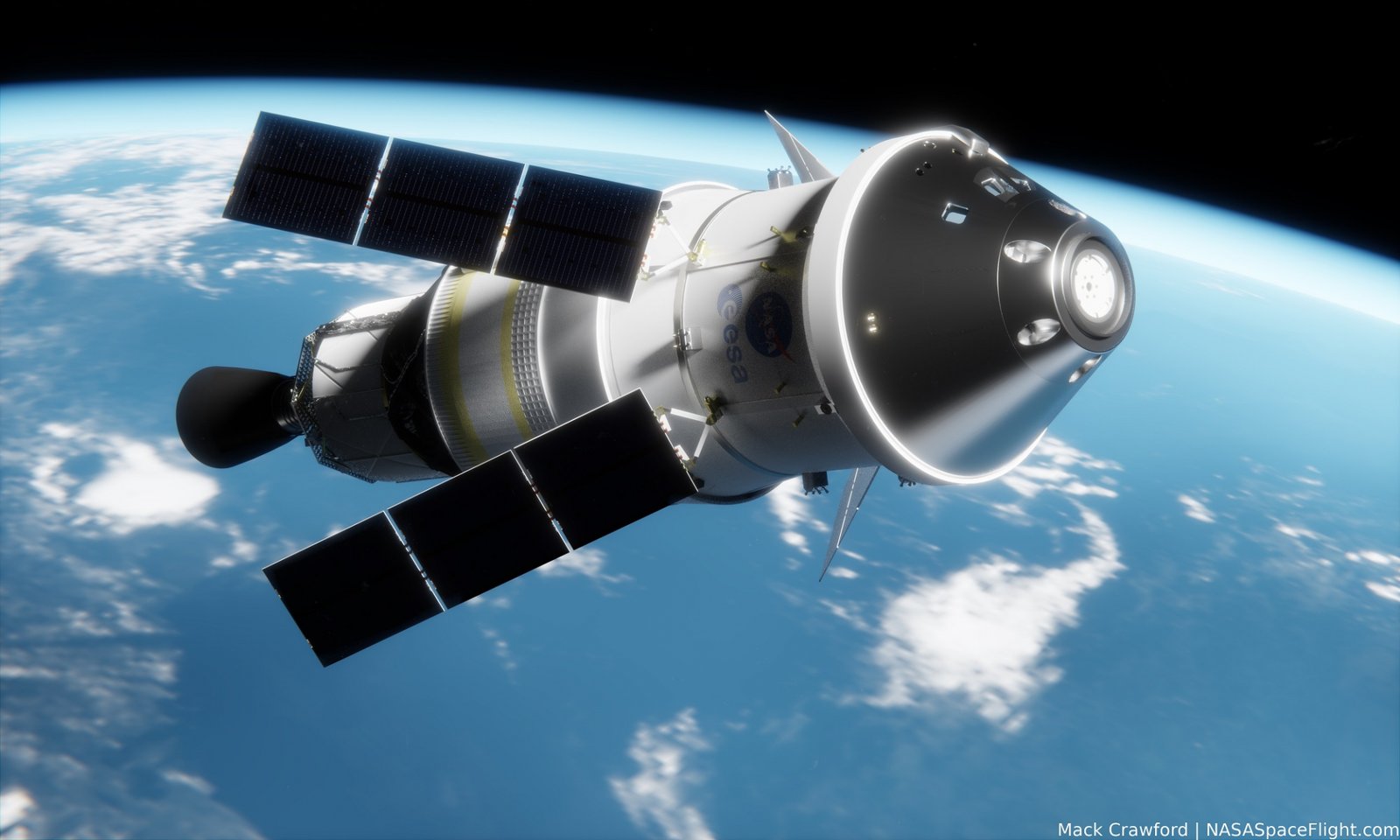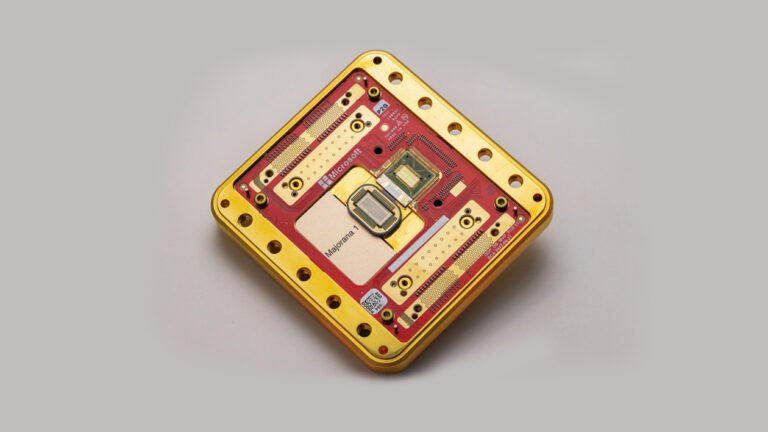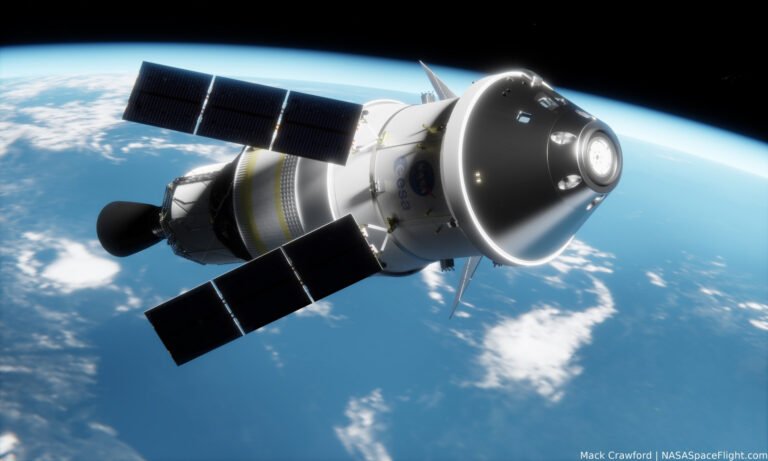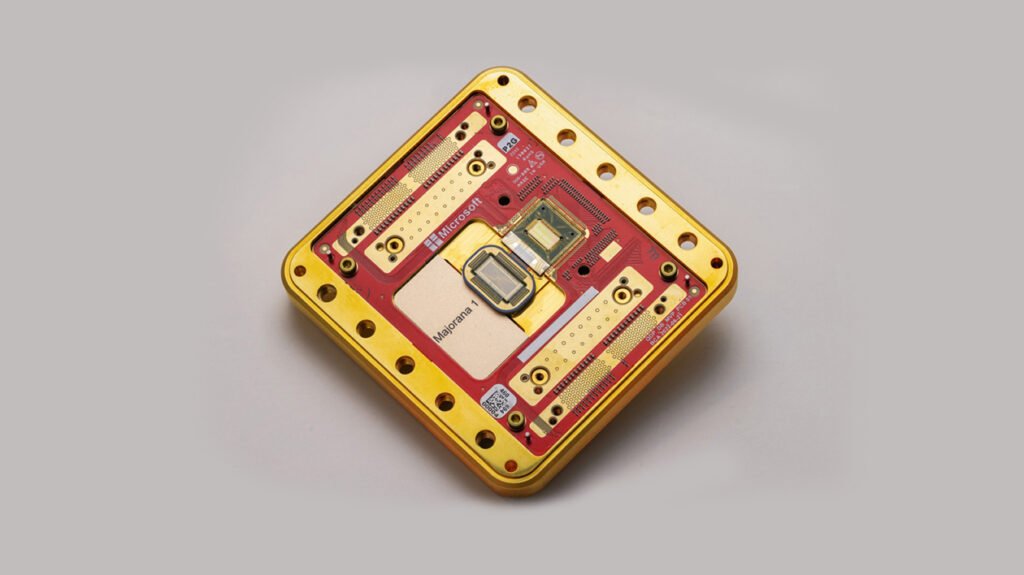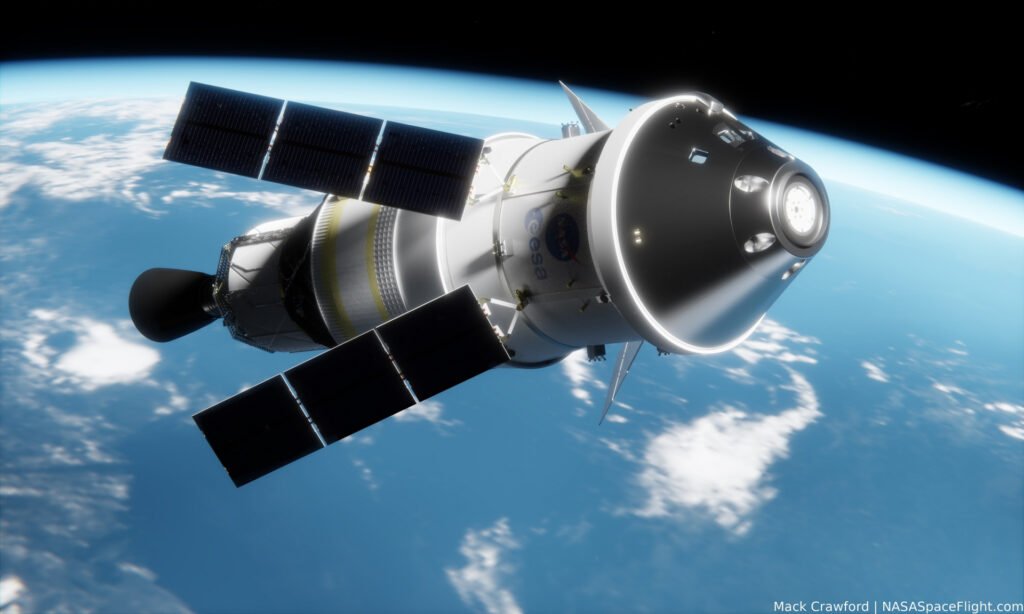NASA’s next giant leap is taking shape. The agency just unveiled the fully assembled Artemis II Moon rocket, a historic spacecraft stack now standing tall at Kennedy Space Center. This milestone marks a huge step forward for the Artemis program. The mission will send four astronauts on a 10-day journey around the Moon. It will be the first time in over 50 years that humans have ventured this far into deep space. The public can finally get a first look at the powerful machine. Its completion signals that humanity is truly on its way back to the Moon.
The Artemis II mission is a crewed test flight. Its main purpose is to evaluate the spacecraft’s life support systems with people aboard. It will also test mission operations and crew capabilities in deep space. Following the successful uncrewed flight of Artemis I in 2022, this is the final hurdle. It must be cleared before the program can land astronauts on the lunar surface.
The Fully Assembled Artemis II Moon Rocket is a Major Milestone
This fully assembled stack is truly impressive. It consists of the powerful Space Launch System (SLS) rocket. On top sits the Orion crew capsule. The combined vehicle is an incredible piece of engineering. Its sheer size and complexity show the magnitude of this project. The SLS rocket is the most powerful rocket in the world. It is specifically designed to carry humans and cargo to the Moon and beyond.
The media was invited to witness this event. This level of transparency is rare for such a high-stakes mission. It shows NASA’s confidence in its progress. It also builds excitement for the mission ahead. Seeing the rocket stack in its entirety helps people grasp the scale of this ambitious endeavor. The Artemis II Moon rocket is a tangible sign of progress. It is proof of years of hard work.
The Crew and Mission Objectives
The crew for this mission is ready. They are Commander Reid Wiseman, Pilot Victor Glover, and Mission Specialist Christina Koch. Canadian Space Agency astronaut Jeremy Hansen will also be on board. The four will become the first people to fly to the Moon since the Apollo program. Their journey will take them on a lunar flyby. They will not land on the surface. Instead, they will travel a “free-return” trajectory. This will take them around the Moon and then use lunar gravity to slingshot back to Earth.
The crew will perform a series of tests. They will check all of Orion’s systems. These systems include life support, communications, and navigation. The data collected will be invaluable for future missions. The team will also practice specific procedures. They will even test manual flight controls. Their safe return to Earth is the primary goal of this test flight.
The Road Ahead for the Artemis Program
The Artemis II mission has a target launch window. The earliest possible launch date is now February 5, 2026. The mission is officially scheduled to launch no later than April 2026. This timeline has been adjusted. It accounts for safety checks and hardware modifications. These were based on the Artemis I flight results. The Artemis program is a marathon, not a sprint. Every step is carefully planned for crew safety.
This mission is a stepping stone. It paves the way for the ultimate goal: Artemis III. That mission will land the first woman and the first person of color on the Moon. It will be the first human landing in over 50 years. This program is not just about returning to the Moon. It’s about building a sustainable presence there. This will prepare humanity for missions to Mars. The fully assembled Artemis II Moon rocket is a beacon of this ambitious future. It is a symbol of a new era of exploration.

